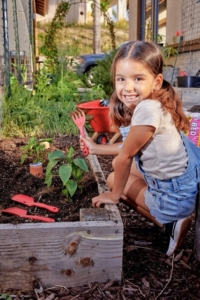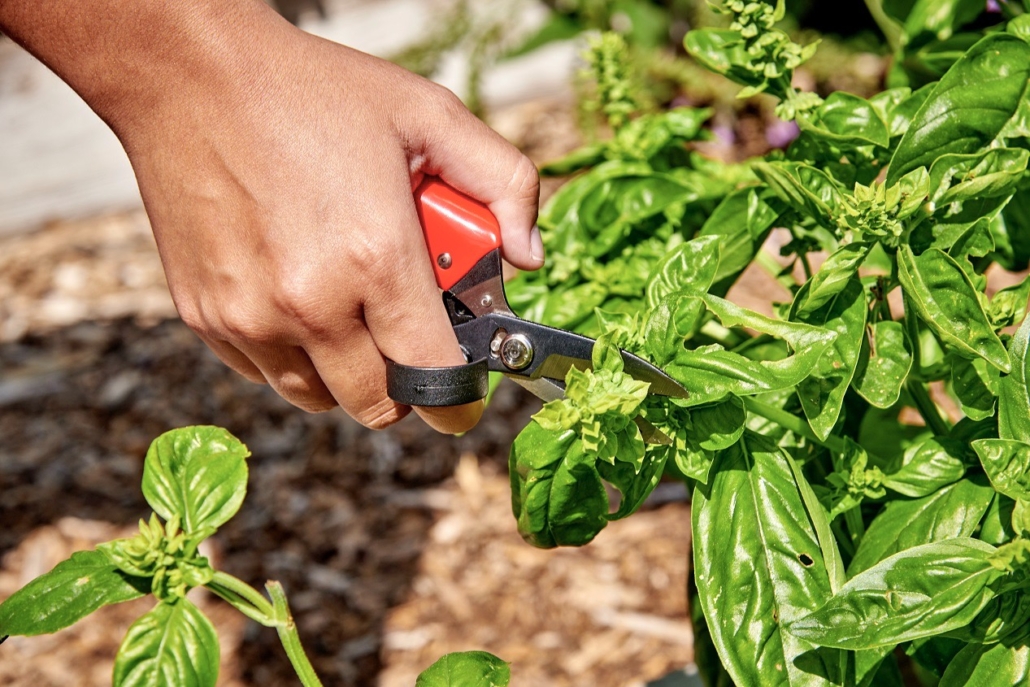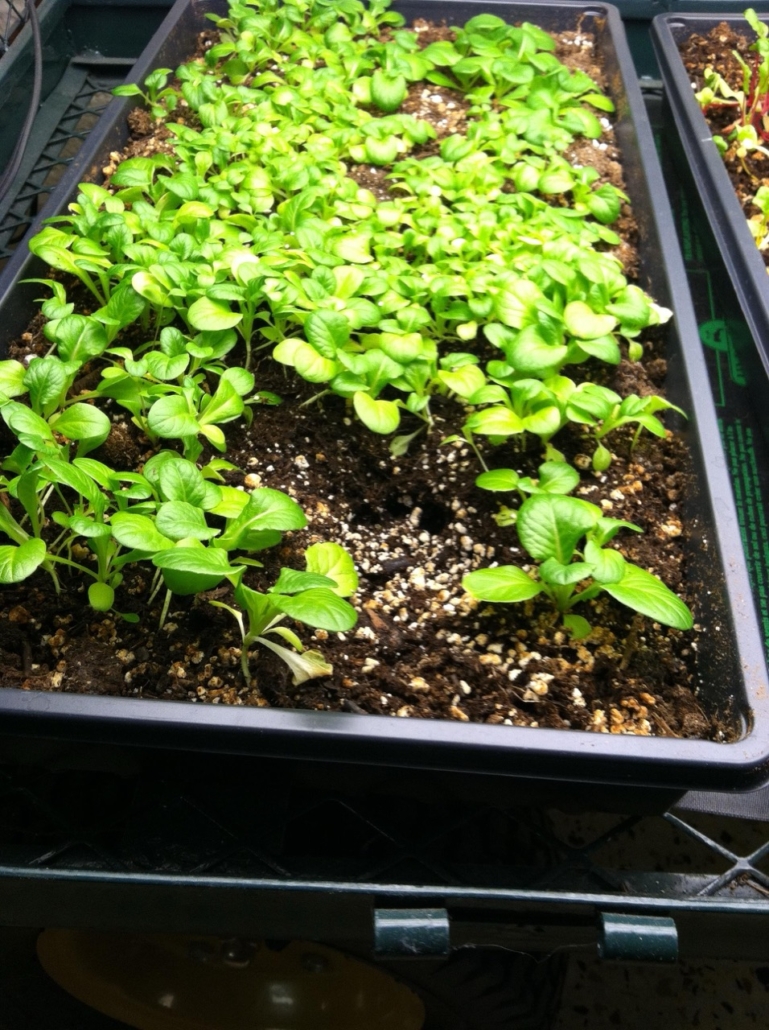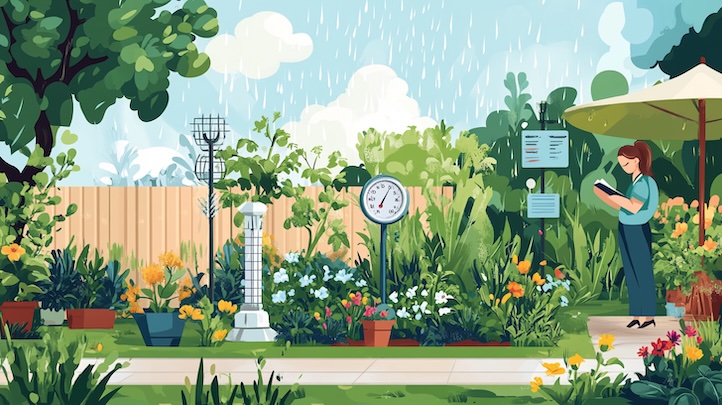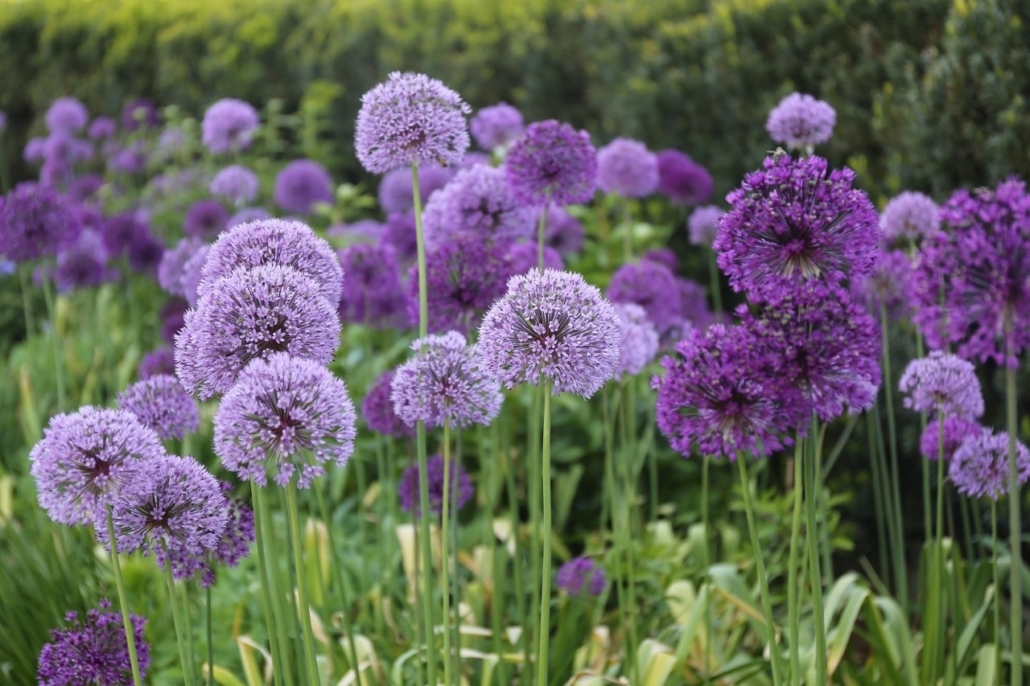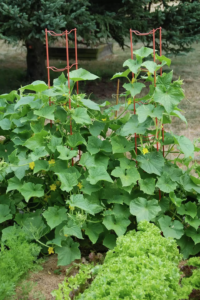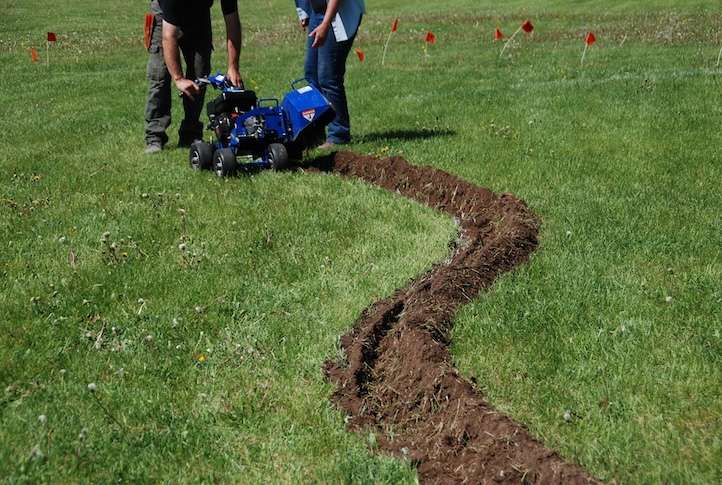SMALL SPACE GARDENING: Create your own winter containers
 by Melinda Myers
by Melinda Myers
Add a bit of seasonal beauty to your front steps, window boxes, and other outdoor spaces with winter containers. Fill them with greenery, berries, cones, baubles and more. You’ll find many of these items in your own backyard and more at your favorite garden retailer.
Collect a few evergreen stems, interesting seedheads and pods, colorful stems, and fruit and berry covered branches from your landscape. Plants you enjoy in the winter garden are good candidates to include.
Many native plants make excellent additions to winter containers. Include berry-laden stems of plants like winterberry, dried flowers of smooth hydrangea, colorful stems of red twig dogwood, branches of paper bark birches and fruit from native crabapples, hawthorns and roses.
Collect a few evergreen cones and harvest some stems topped with seedheads and pods from gardens and native plantings. Add some airy texture and motion to your winter containers with native and ornamental grasses. Leave them in their natural state or add some paint and glitter for a bit of bling.
Do not include invasive plants like phragmites, teasel and oriental bittersweet. These will drop seeds in your landscape and soon become a problem in your gardens and surrounding natural spaces.
Convert one or two of your summer or fall containers into a winter display or start with an empty planter. Make sure the container you select can tolerate winter weather. Concrete, iron, metal, wood and fiberglass containers are best suited for year-round use. Even plastic pots will last for a few years when left outside and kept safe from damage by snow shovels and snow blowers.
Make sure the pot has drainage holes to prevent waterlogged soil and water from overflowing the pot. Fill the container, up to an inch below the rim, with a well-drained potting mix, sand or topsoil. The soil helps hold the greenery, twigs and other materials in place and adds weight to keep the pot upright throughout the winter. Add a rock to the bottom of lightweight containers to prevent them from blowing over in the wind.
Use a mix of evergreens to provide a variety of textures, various shades of green and a backdrop for the items. Pine, spruce, arborvitae, boxwood and junipers may be growing in your landscape and most of these are available at garden centers. Spruce tips make it easy to create vertical accents in your containers. Select fresh greenery with pliable branches and firmly attached needles. Secure the stems by placing them at least four inches into the soil.
Next, add the other materials you purchased or collected from your landscape. Create vertical interest with colorful and fruit-laden stems and branches. Tuck in seedheads, pods, cones and colorful branches for added interest throughout the arrangement. Depending on your style, add artificial materials such as ribbon and outdoor ornaments. It’s your opportunity to be creative.
Water thoroughly to remove air pockets and lock your ingredients in place. Keep the soil moist until the potting mix freezes to extend the beauty of your winter arrangement. If possible, set your planter in a sheltered location out of drying winter winds and sunlight to keep it looking good even longer.
Once your container is complete, it’s time to relax and enjoy your favorite winter activities and celebrations.
Melinda Myers has written more than 20 gardening books, including the Midwest Gardener’s Handbook, 2nd Edition and Small Space Gardening. She hosts The Great Courses “How to Grow Anything” streaming courses and the nationally syndicated Melinda’s Garden Moment radio program. Myers is a columnist and contributing editor for Birds & Blooms magazine and her website is www.MelindaMyers.com.


